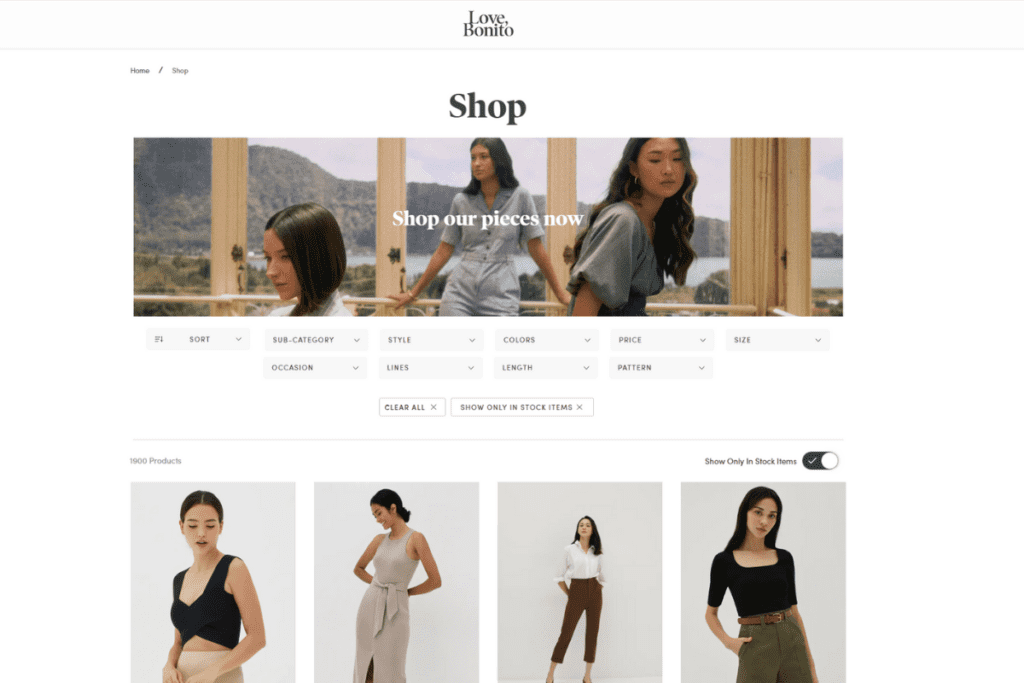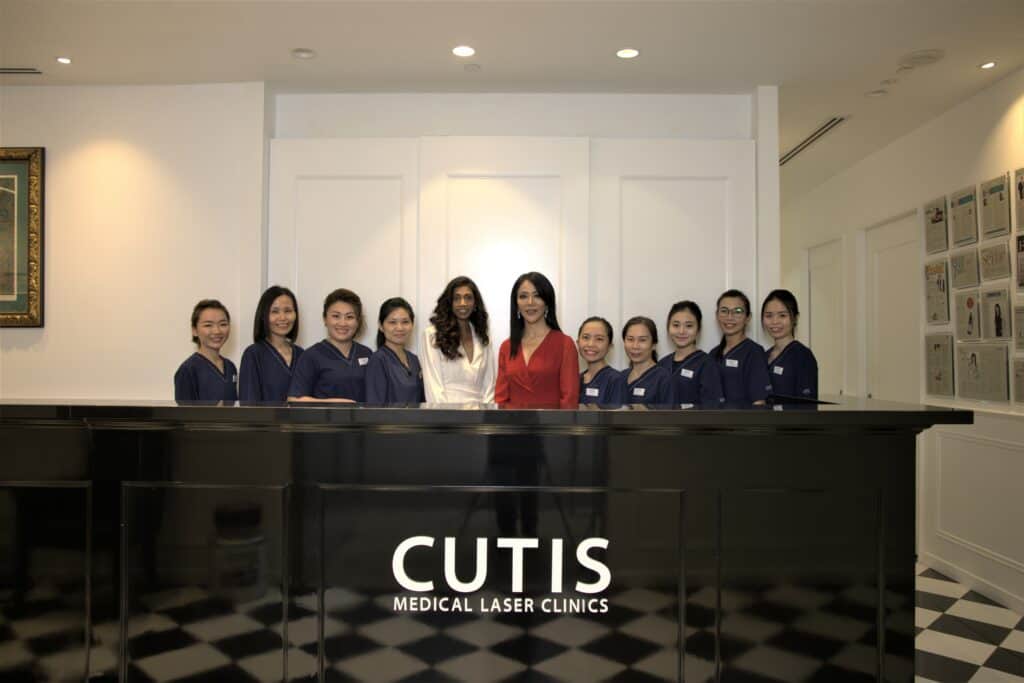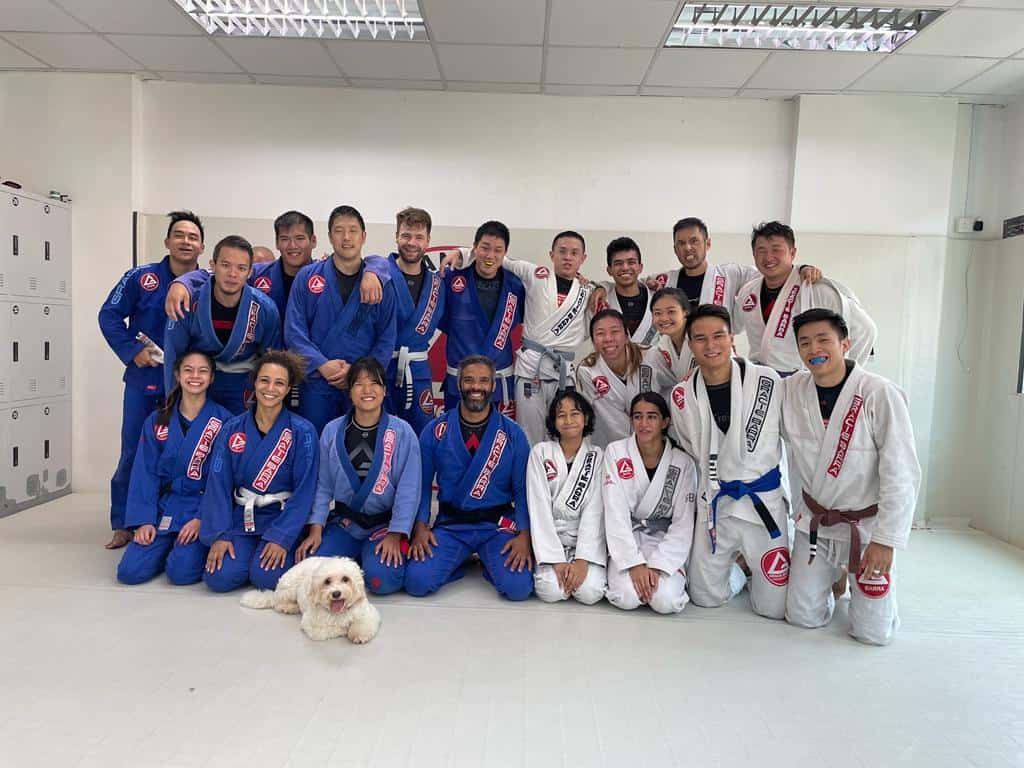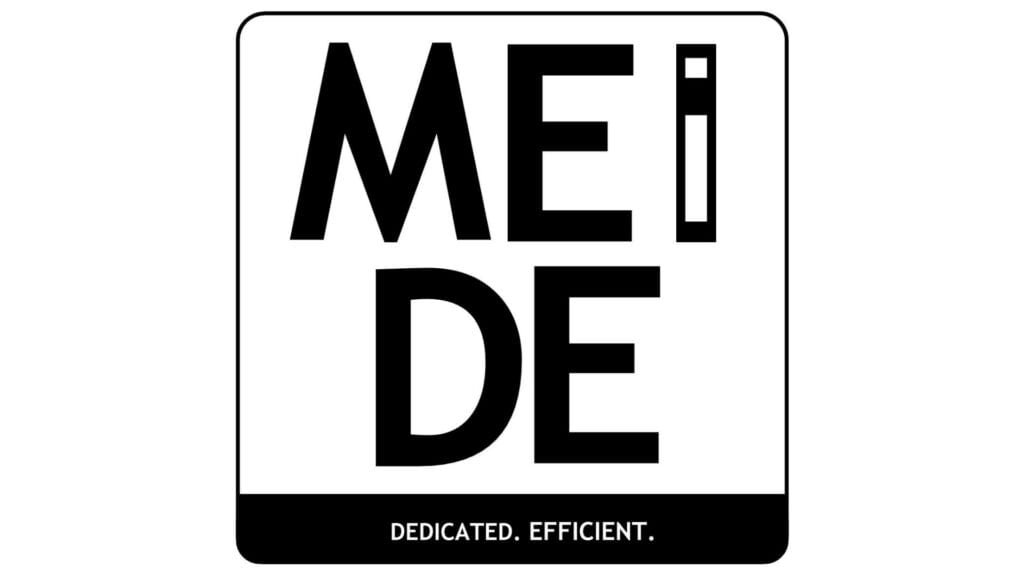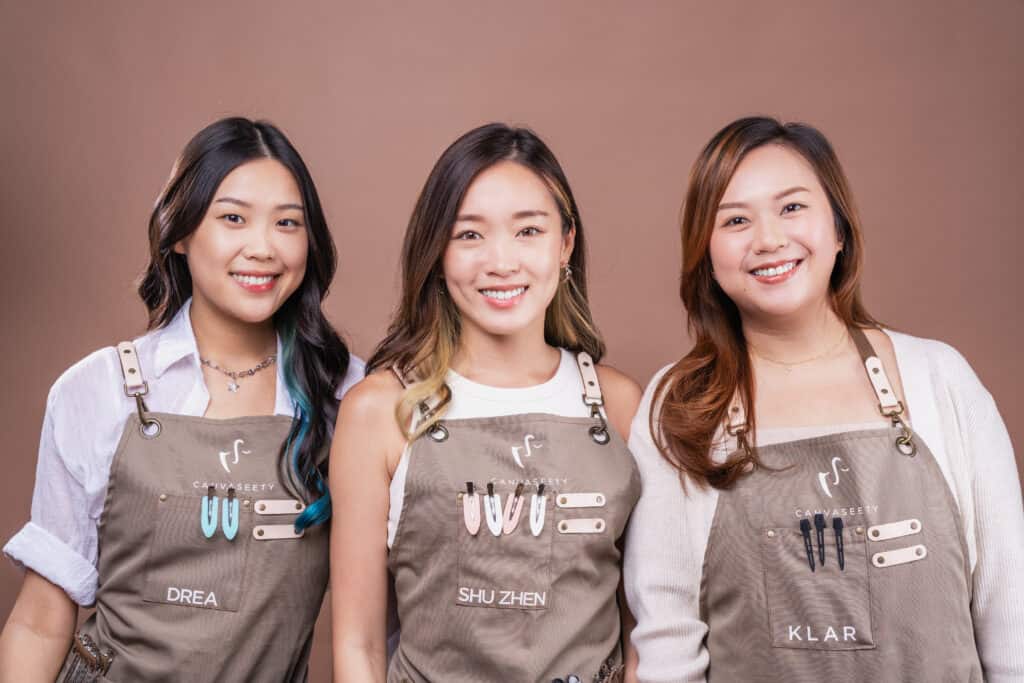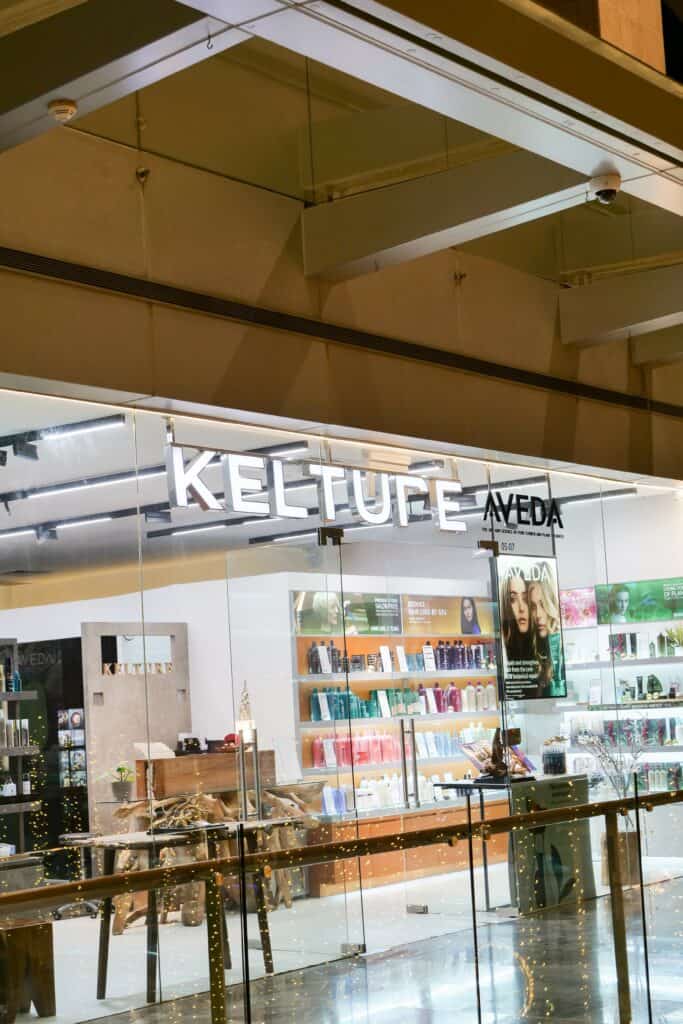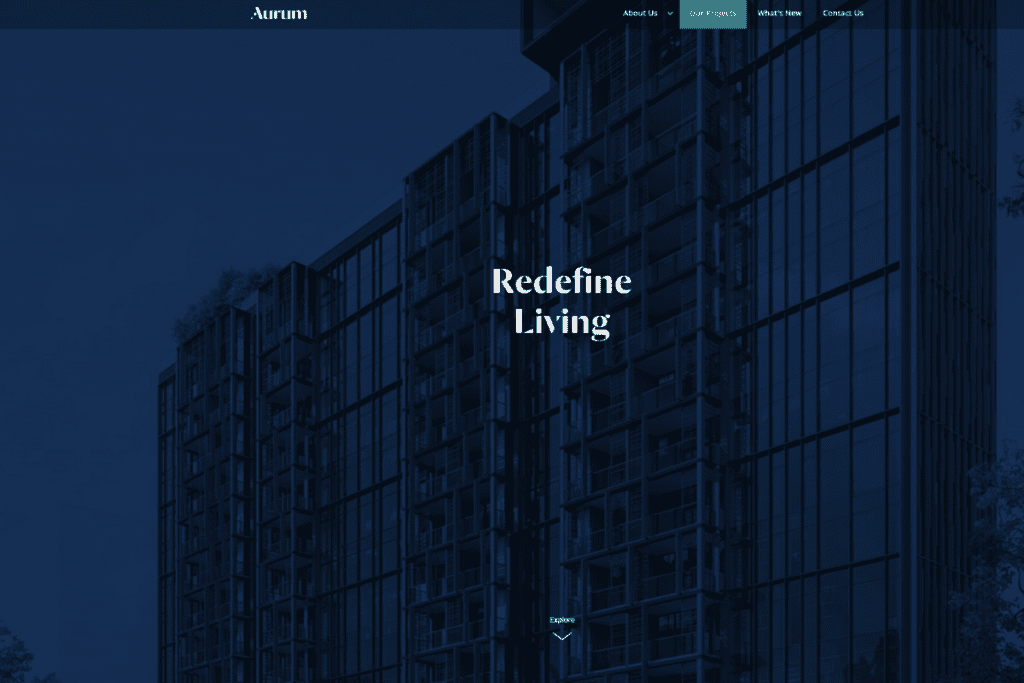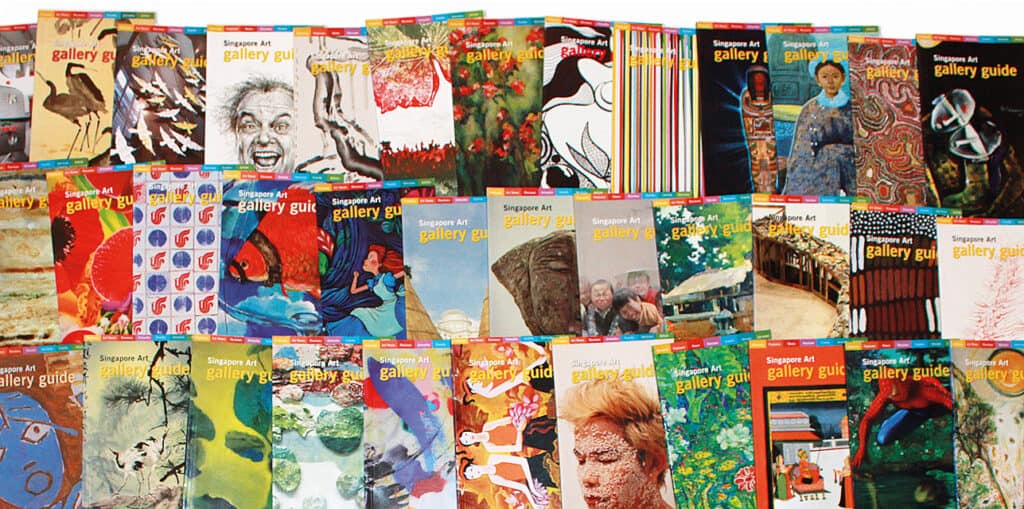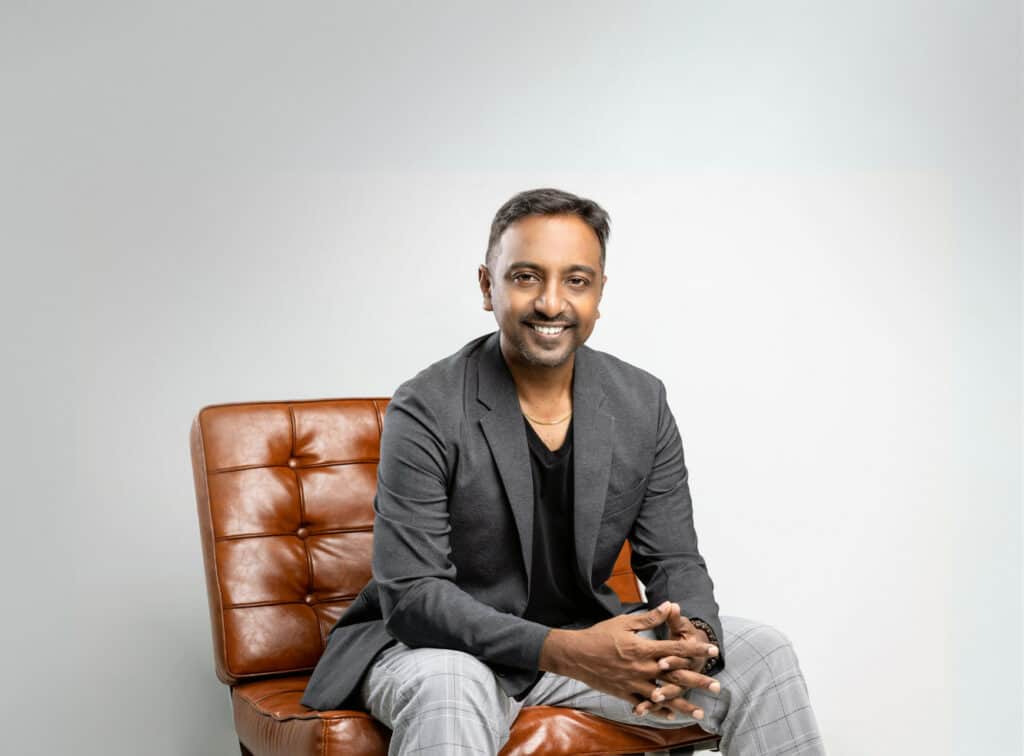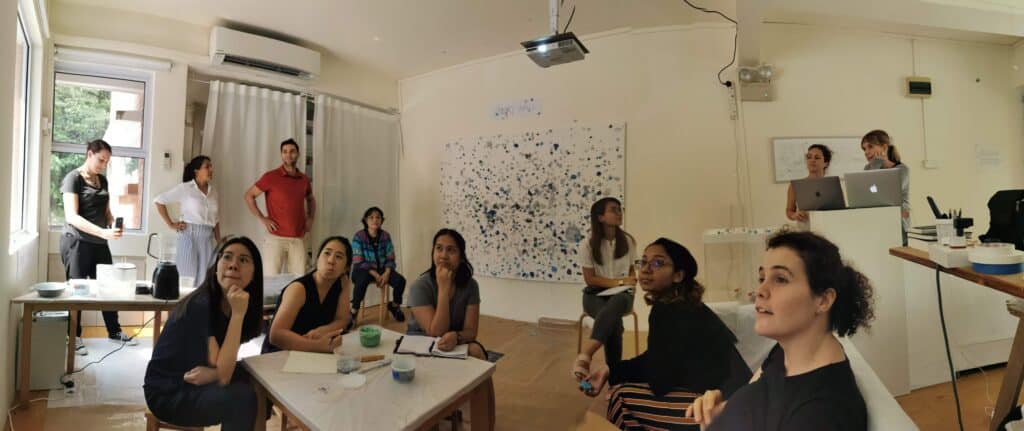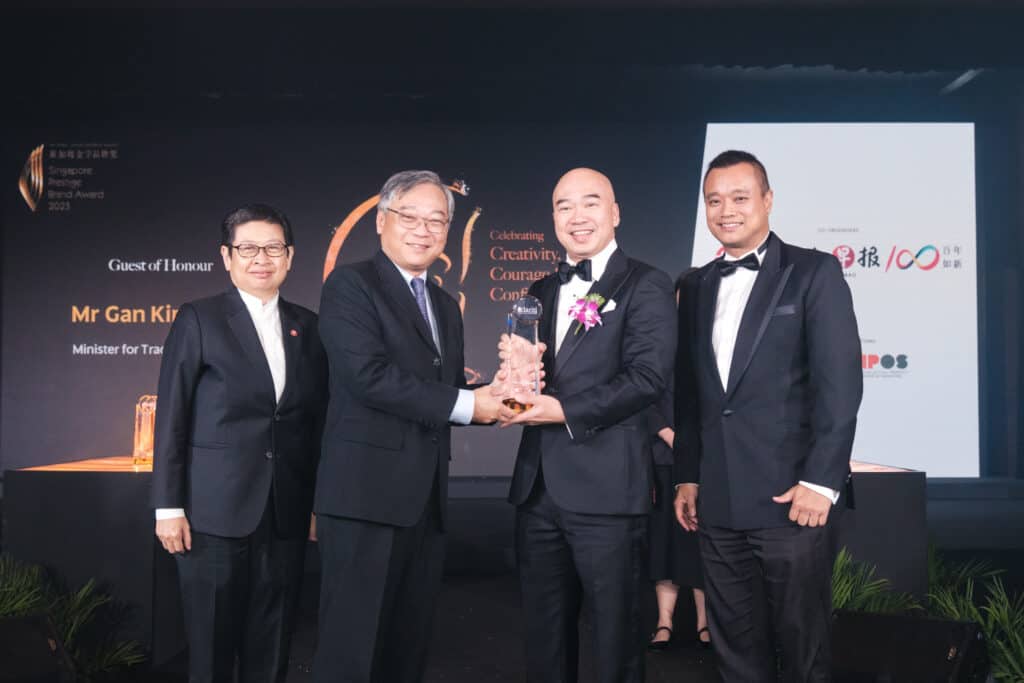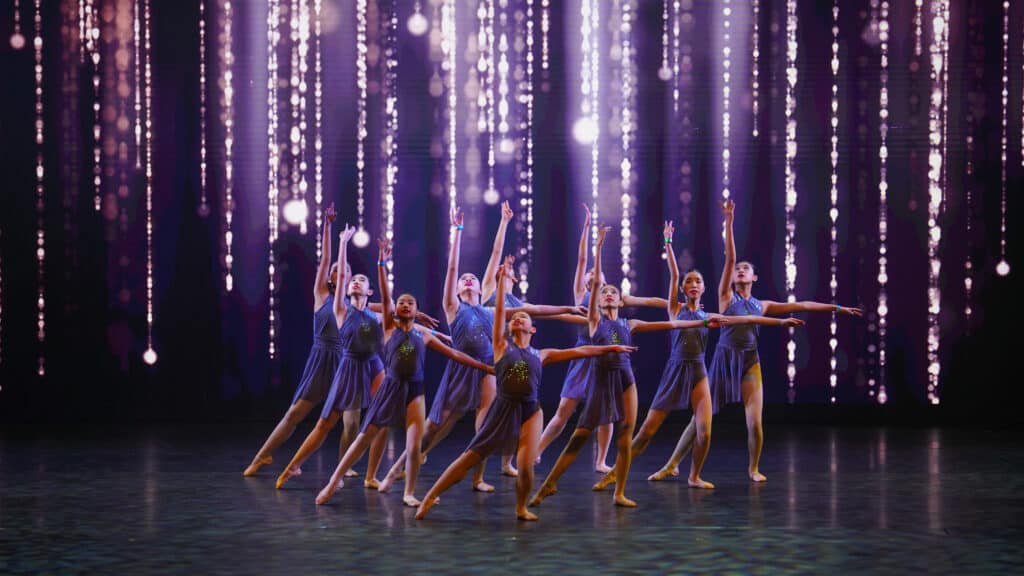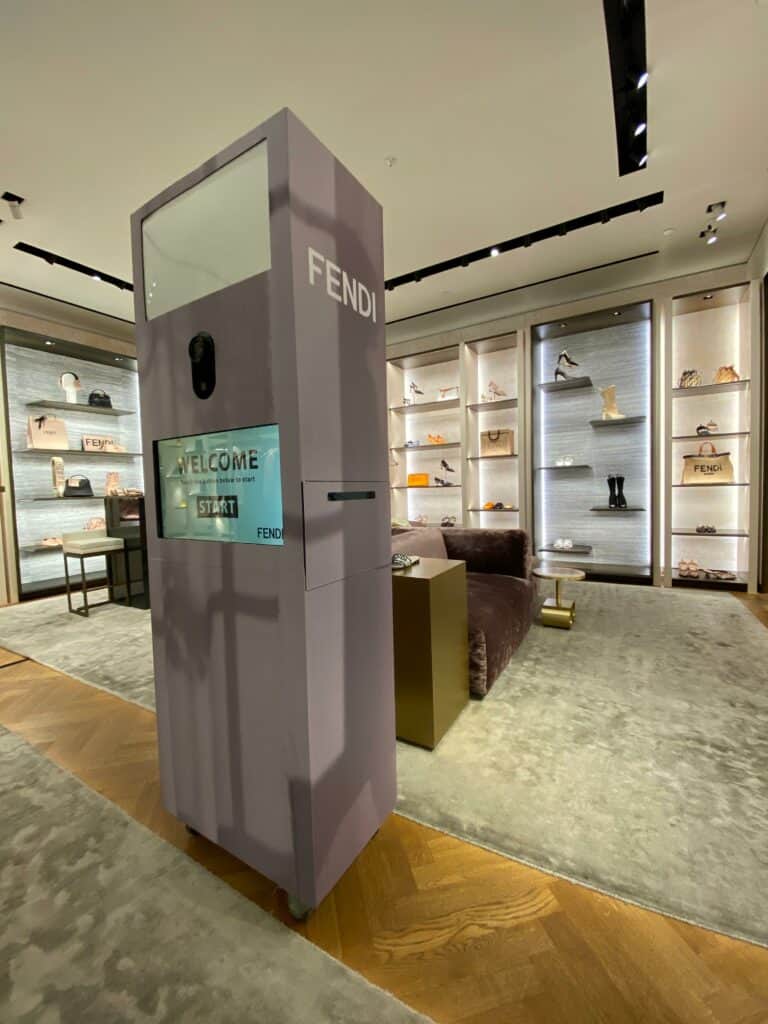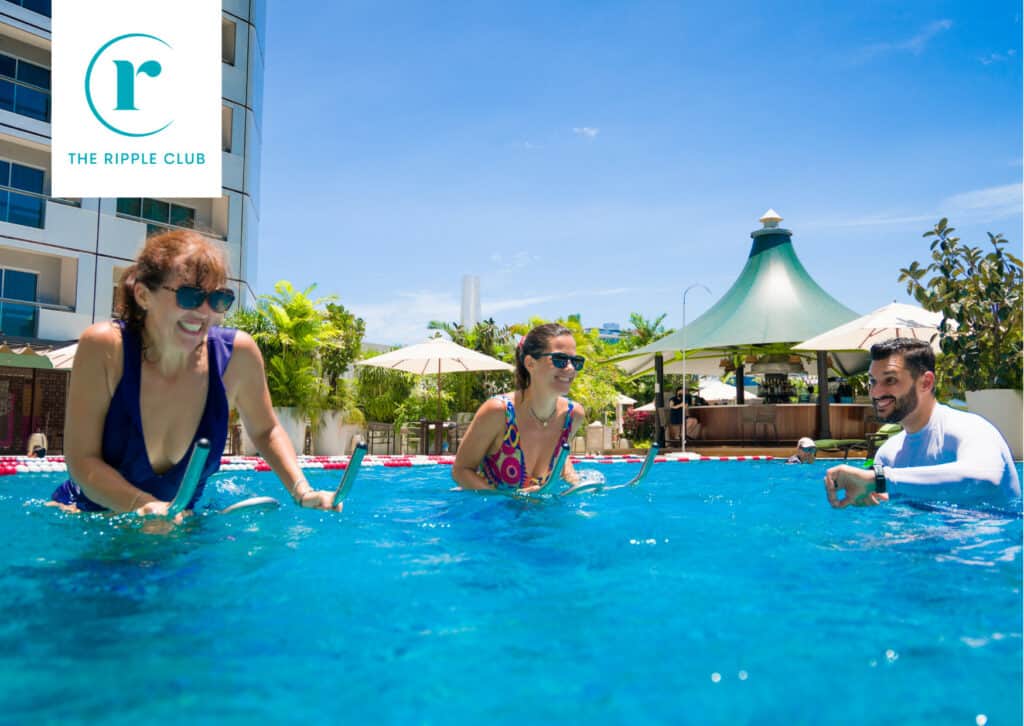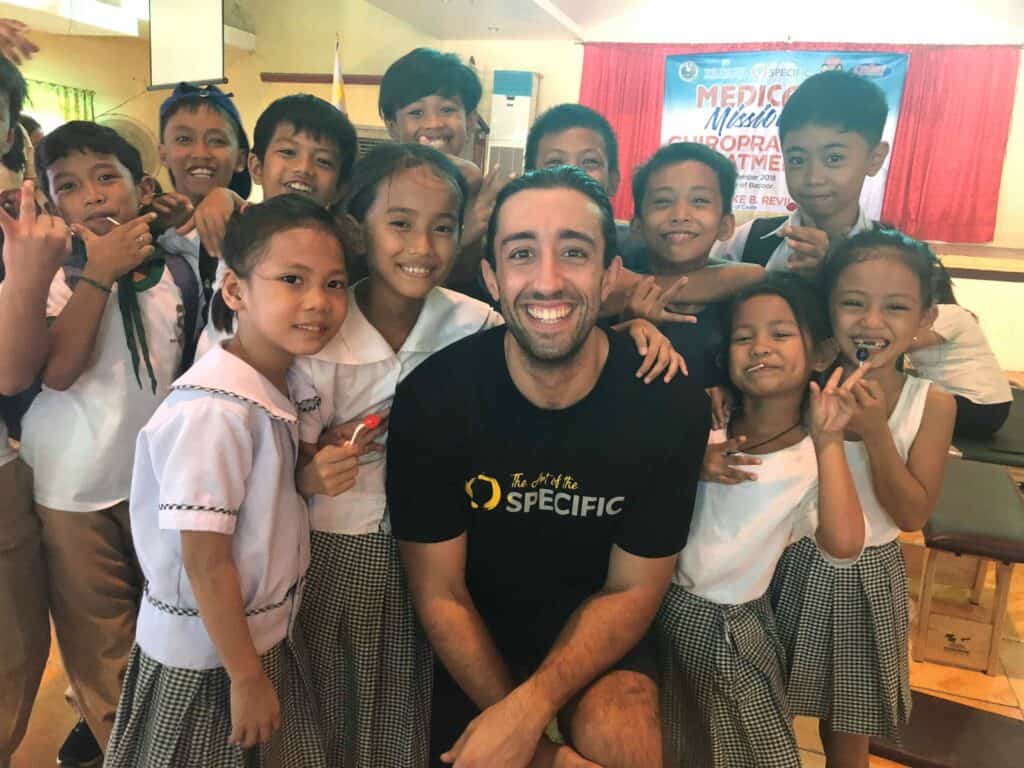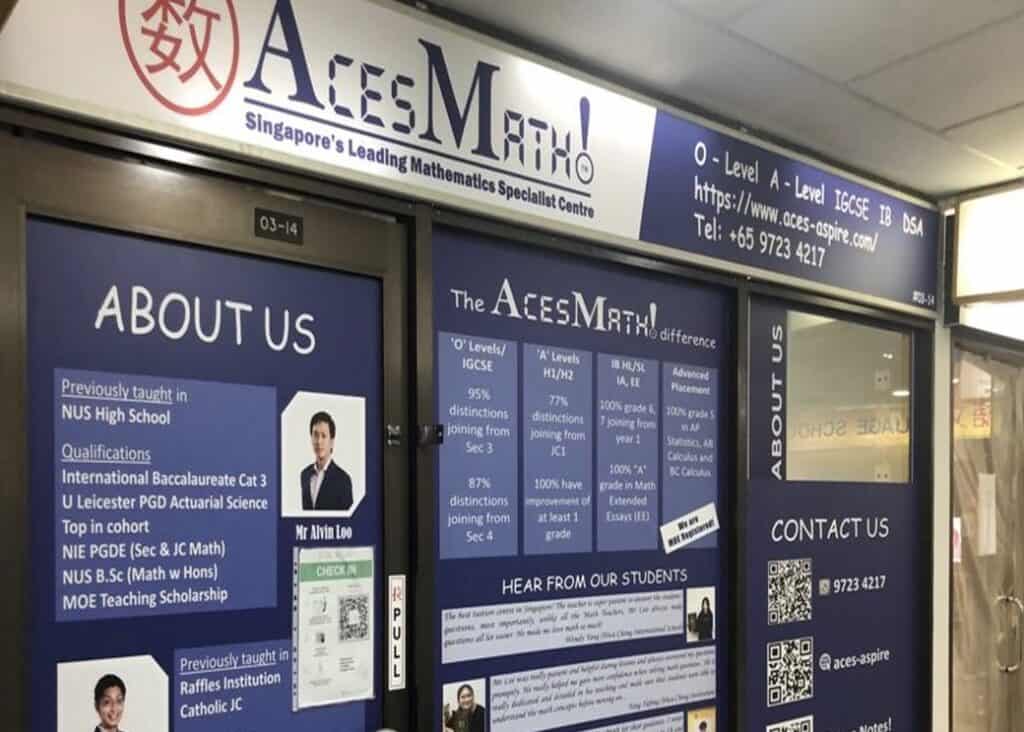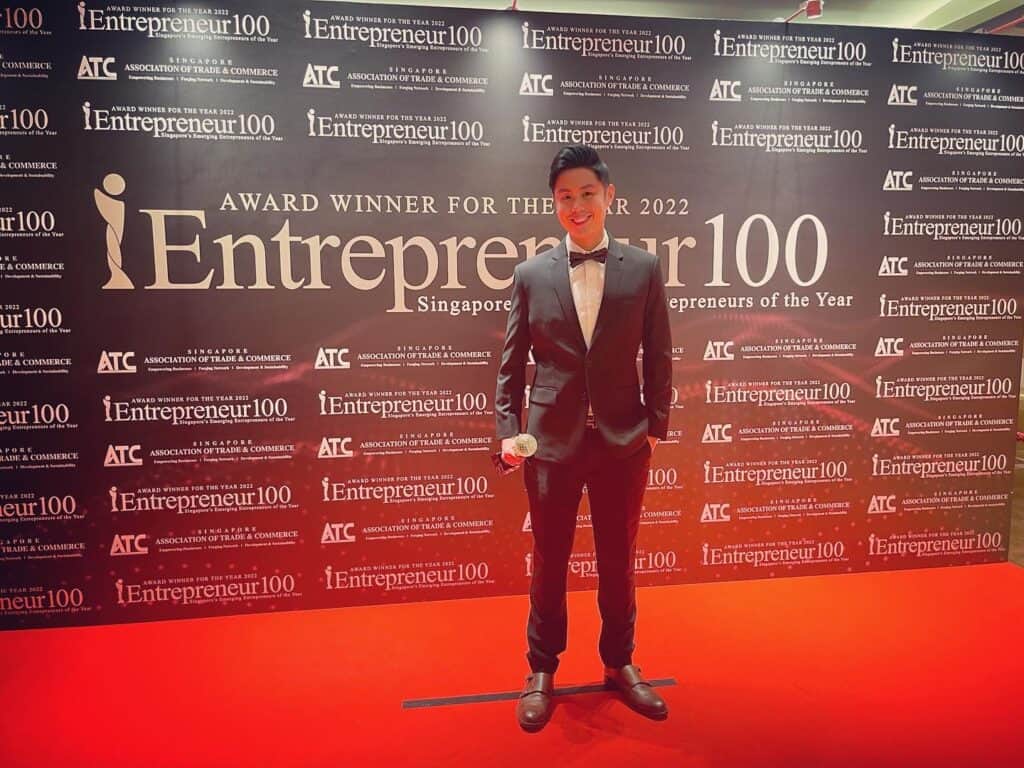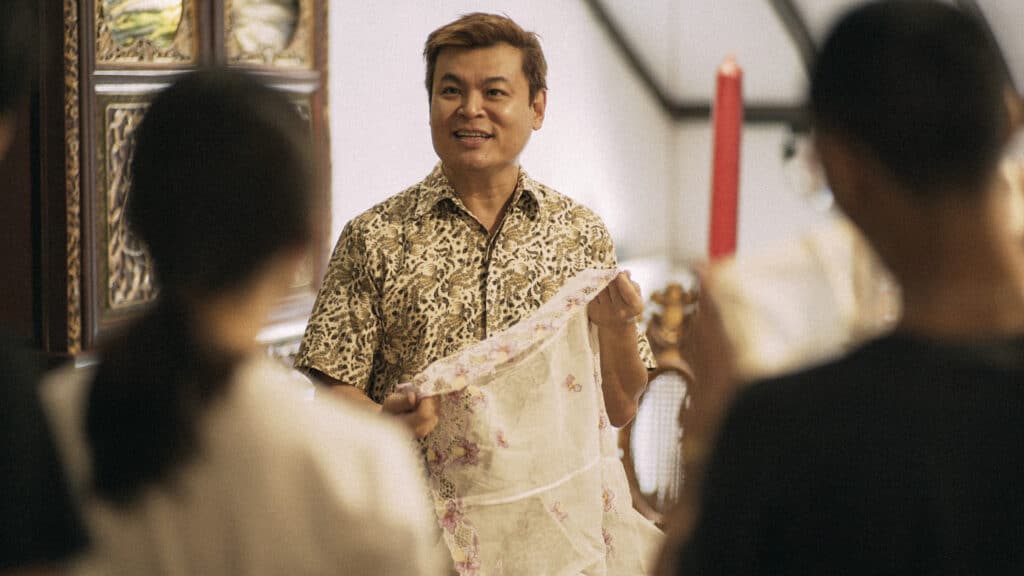
Background Story Of The Intan
So firstly, it wasn’t planned. The Museum is not a career. The museum is my passion. I’ve been collecting Peranakan and teaching for the last 40 years because I am Peranakan, and this was my way of learning about my own culture. It was never meant to be a museum.
It was purely my private collection. But as people wanted to visit and people kept knocking at my doors, eventually, we became a small business. About 20 years ago.
Exactly this year, 20 years ago. But it was the National Heritage Board of Singapore that came inviting us to be a museum. So we never planned to be a museum. So some people call us an accidental museum.
It was a national heritage. We became an official museum in the year 2010, which is about 13 years ago. Over the years, we have won multiple awards, both regionally and globally. We won the best experience, the best museum experience from the National Heritage Board, and the best tour experience from Singapore Tourism Board.
And I think this is very relevant, especially for many collectors around the world, especially in places even like the Philippines, where you have small provinces and small unique collections dotted around the islands. And many of us collectors wonder what to do with it.
So my passion is to see how I can help small organizations, like people with different galleries or even just private collectors, create a small museum of their own that allows them to showcase and share the joy of their collection and maybe even become a bit more sustainable.
Unveiling The Story Behind The Name “The Intan”
Intan means rose-cut diamond. Now, in Peranakan culture, what we speak is what we call Baba Malay, which essentially is Malay words. And Intan means rose cut because the Peranakans, in the old days, loved European-cut diamonds because they showed different facets of the diamond.
So today, I call my home museum, The Intan because it showcases the different facets of Peranakan culture, the sound, the smell, the sight, and the taste of Peranakan culture. That’s why it’s called the Intan.
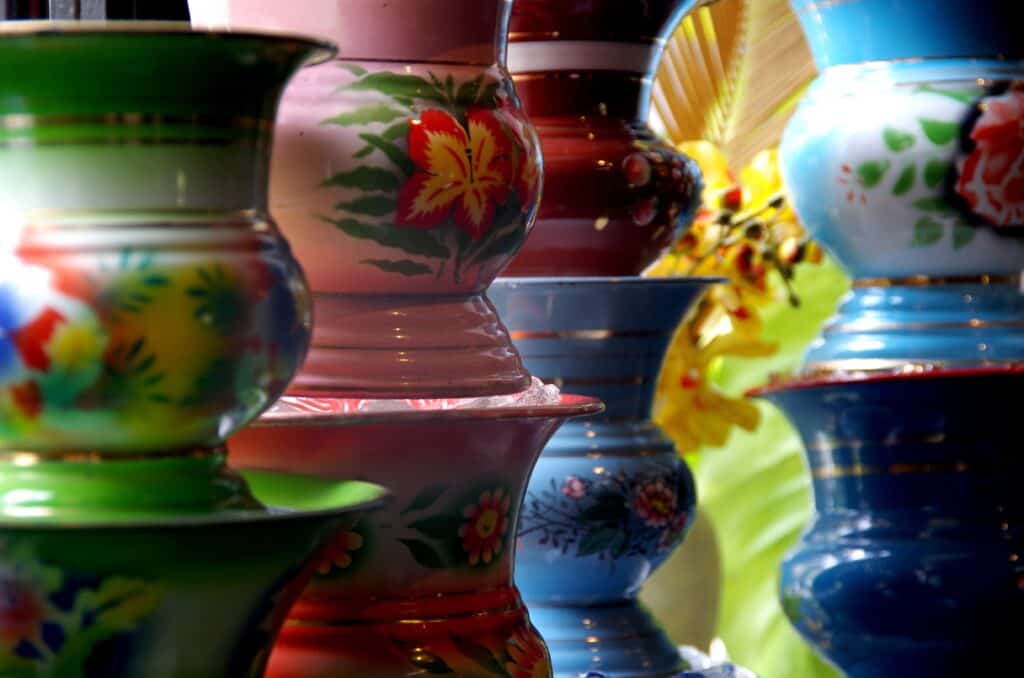
Struggles And Challenges
I always say if you love something as much as I do, it doesn’t feel like a challenge. I think the biggest challenge for entrepreneurs like us or small businesses like us is ourselves.
At the end of the day, we are the ones that pose the biggest challenge to ourselves when we say we cannot do a certain thing or it’s too difficult and that we don’t have the resources. So to me, my biggest challenge is myself.
Balancing Authenticity And Engagement At The Intan Museum
So it’s very tempting, I think when one enters, a passion becomes a business, especially when you deal with culture and heritage. There are times when it is very tempting to make a heritage institution or cultural institution like The Intan into a Peranakan Disneyland, which is not wrong, but it’s about being clear about the values and being clear about how you want to present yourself.
So I’ve chosen to walk the path of authenticity and of tradition. So for me, it’s about presenting an accurate and honest understanding of Peranakan culture.
It’s my home, it’s my collection, and this is how we dress, and this is how we behave. So I think there’s a place in time for everything. One has just to be cognizant of how one wants to present yourself.
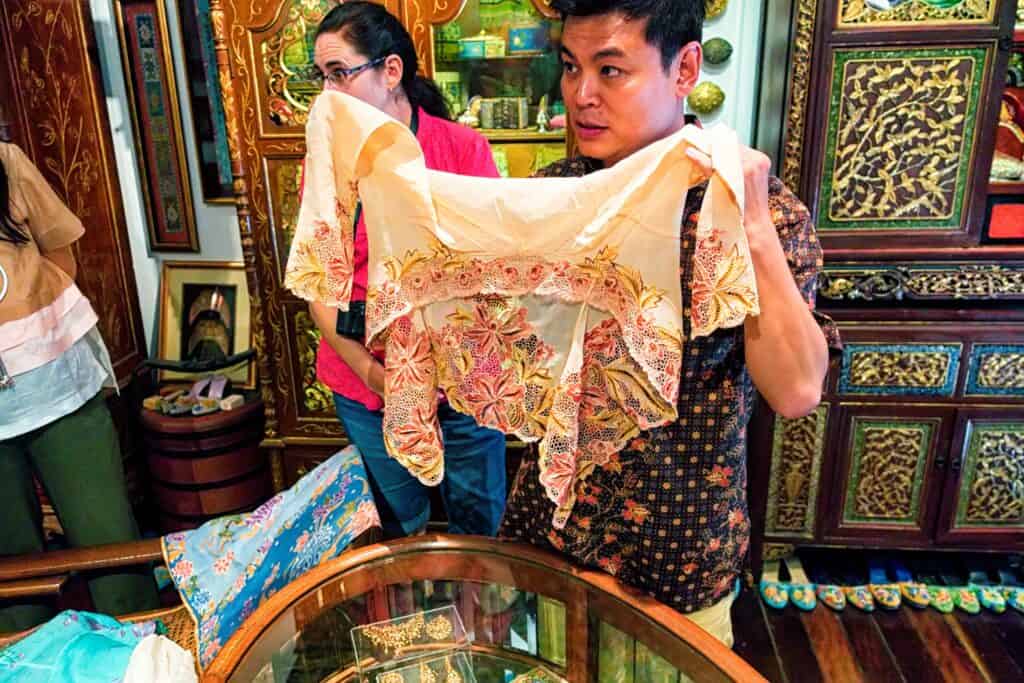
Key Factors Behind The Intan’s Growth
I think passion certainly has to be one of them. I live and breathe in Peranakan culture, but at the same time, passion in itself cannot sustain any business.
There has to be a balance between passion and sustainability in terms of being commercially viable. We don’t take any grants from the government.
We are fully independent, which is not a bad thing because then we have worked very hard to present value to every visitor. So anyone who engages us and we pay for the experience feels that they have derived a good experience.
I also think that I take care very much of my public relations with communications, and that’s why, you see, my reply to you is very fast, very prompt. And for me, you guys are my voice. You present the Intan in an accurate and authentic fashion. Communications, PR, and media is very key to us.
To any advice, to any SME. I think taking care very much with your communications, your media, your PR, and your branding is key because that’s what’s going to last.
Hurdles Faced By Museums In The Modern Age
Museums are very special places where people come in, connect, and spend quiet time, they learn about the past, they learn about themselves, and they learn about the future. I think museums today compete with many attractions out there.
There are many things that people museums have to focus on in visitorship. They have to focus on presenting themselves well, communicating, and being updated with technology.
At the same time, they have to be commercially viable, especially if it’s a private museum at the Intan. Running a museum takes all facets. It’s about being customer friendly. It’s about being able to present your material, your content, in a user-friendly way. It sounds like a daunting challenge; it doesn’t have to be.
I think when the organization has a passion wanting to share what their collection holds, in this instance, culture, and heritage, I think that’s where the authenticity and the transparency come out. So even big museums in Singapore and I’m sure in the Philippines and in America, while the budget may not be the biggest concern, the challenge is, how do you make yourself relevant in these contexts?
Why would a visitor go to the Philippines want to learn about Ifugao culture? Why would local Filipinos want to learn about a prehistoric cave livelihood? The museum director has to be creative, has to be contemporary, has to have an eye for art, and has to have very good connections with the media, politicians, and with businesses to make it successful.
Share How The Pandemic Facilitated Personal Growth And Changes In Company Operations
Because with COVID, you have no visitors and no tourists. You also have social distancing. So visitors cannot but my philosophy is, how do I turn a problem into a solution?
So we work very hard with our digital media. We created videos. We did virtual experiences. We work hard on merchandising. In fact, we created new experiences for the visitors. We had food baskets delivered.
People can order to enjoy the Peranakan experience in the comfort of their own homes. For me, the COVID year actually was one of the best years that we’ve had. It forced us to look out of the box and focus on new revenue streams and new experiences.
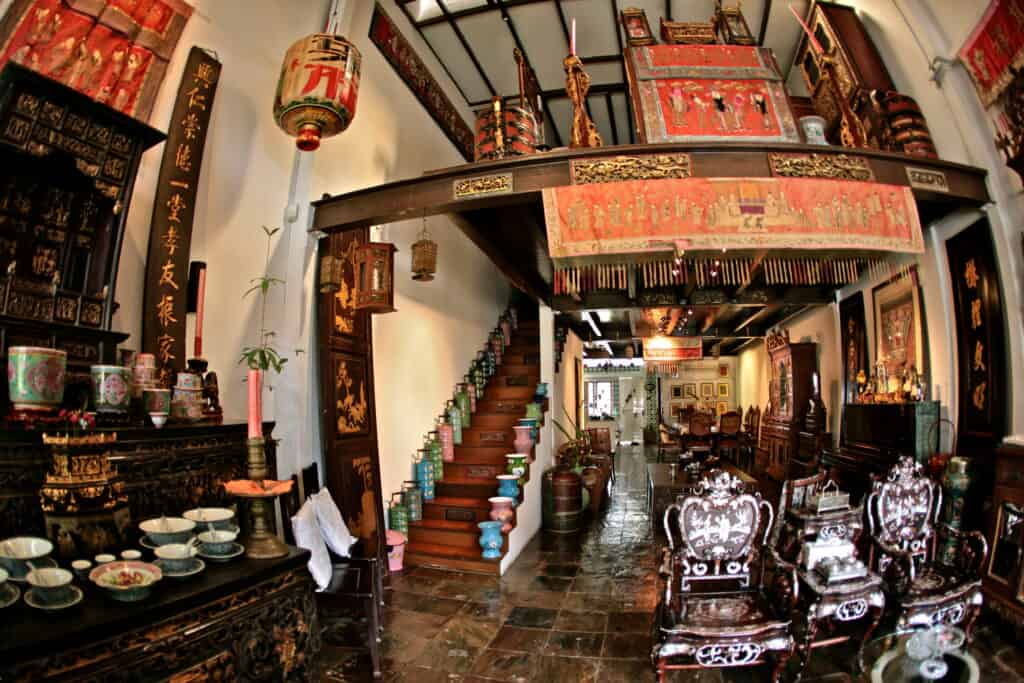
Identifying Areas of Improvement For The Intan
Our unique selling point is also our challenge. So what’s the unique selling point? We are a small private home museum. That is the unique selling point. But the challenge we face is that we are not scalable. We cannot become gardens, by the way.
We can have hundreds of students coming to visit at any one time. Being a small, unique, small museum, our unique proposition is very personal. At the same time, we cannot entertain large tour groups from China or from Europe. So the value of The Intan also poses a challenge.
The unique selling point of The Intan is me. I’m the voice. I’m the one that does the personal tourist. But the challenge is I can’t clone myself whenever I get friends and family that do my tours. It is different from me doing the tour. So this is a double agent sword.
Insights On Potential Threats To The Intan’s Mission and Future
The risk if I die today, what happens?
The risk of what happens to the Intan if I’m not around, the risk of succession planning, the risk of becoming too commercial, where we lose focus on that intimate space, the risk of trying to compete with many other establishments that call themselves a museum, and there are many. How do we differentiate ourselves?
How do we position ourselves? How do we remain relevant to Singaporeans and visitors to Singapore?
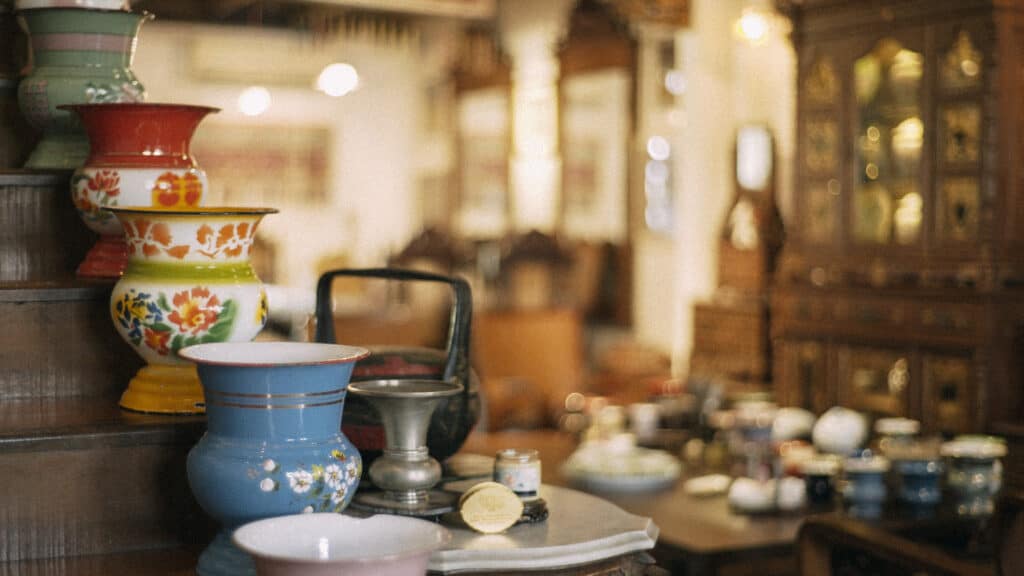
Addressing Industry Challenges In The Coming Decade
The biggest challenge for the industry, museum industry, is how to remain relevant, obviously, how to get young people how to get visitors, and tourists interested in museums as much as they would perhaps in an attraction. I think the national parks have done very well.
They have shown that by going to parks going to nature reserves, you derive a certain value, a certain benefit, a certain takeaway that you cannot get from any other in your studies, in your textbooks. So the question is, how can museums contribute and make themselves valuable and relevant as well?
Because today museums, I think, are still seen as good to have. It is not a priority for many parents, for many schools.
Zoos, I think, has played a very important role. They have shown that by going to the zoo, you care for the animals, you care for the environment, you learn about conservation, and you learn about sustainability.
That, I think, poses the biggest challenge for heritage institutions like the Intan, especially not just the entire, even government museums.
Advice For Aspiring Culture Promoters And Business Owners
Don’t plan so much. I think I’m the only organization that I don’t have a 20-year-old plan. I don’t have a ten-year-old plan. I don’t have a five-year-old strategic plan. I think a lot of successes that you see the Intan today, come from spontaneous discussions and expected collaboration and meeting. Always open to opportunities, and always look at what you can give instead of what you receive. So when talking to people like yourself and other businesses I always share with them how to be good. Also how they can benefit from working with the Intan. The Intan is my home; for me, it is a passion for myself.

